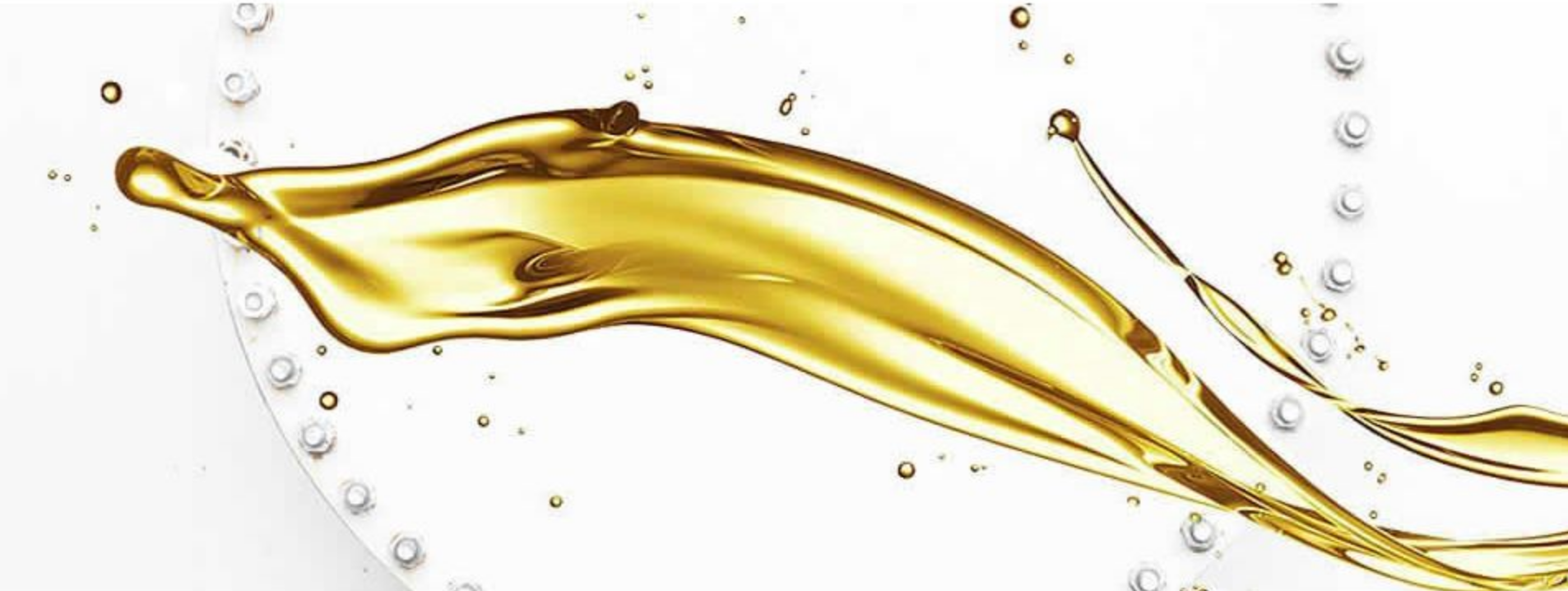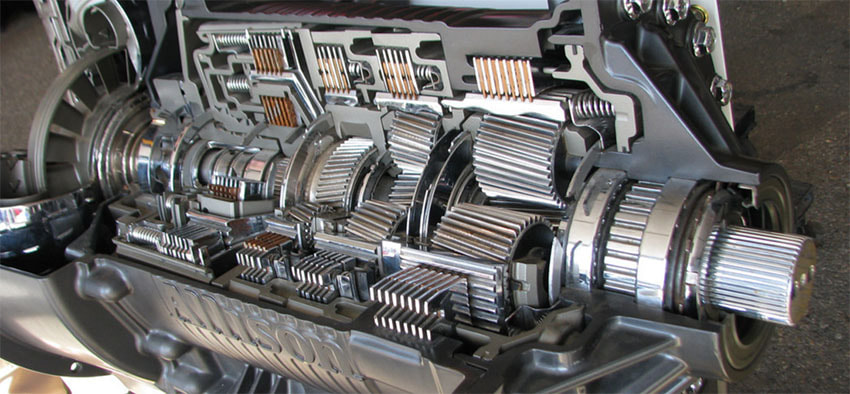Synthetic vs. Mineral Lubes for Gears Every engine, from those in the smallest toy trucks to the ones in expensive high-end vehicles, uses gears of some kind. These gears transfer movement from the engine components to the axles – which means that they need to be in proper working order for the vehicle to perform at its highest standard. And with constant friction, hard metal parts, and often-dirty work environments, keeping gears lubricated is a must if you want your powertrain to do its best.
When it comes to lubricants, there are two kinds to know about: synthetic and mineral. Synthetic is more expensive, but more stable; mineral is cheaper, but not as versatile in extreme temperatures. How can you know which one to use on your powertrain gears? When You Should Change Your Truck Gear Lubes Modern trucks have come a long way since their start over a hundred years ago – from the simple engines and mechanical parts of the first trucks, we now have trucks that are specialized for all kinds of heavy-duty tasks. As their capabilities and environmental pollution standards increased, the amount of necessary equipment under the hood did, too, and today, we have finely-tuned machines that will perform their duties incredibly well…provided that they are maintained properly.
Some of the most important components in a truck transmission are the gears, which allow the generated movement to be transferred to the axles and the wheels. An improper gear alignment can wreak havoc on the vehicle’s ability to perform well, and the sound of grinding gears is one that no owner wants to hear while they’re on the road. To prevent this, and to keep your truck at its top abilities, it’s a good idea to make sure that your gears are not only set properly, but also lubricated correctly. |
|
What Sets Us Apart
• Service Trucks & Mobile Service • 5 Laptops & 1 North American automotive scanner • Commercial Vehicle Inspection Programs • Fleet Maintenance • Trailer Shuttles • Open 6 days a week |



 RSS Feed
RSS Feed
